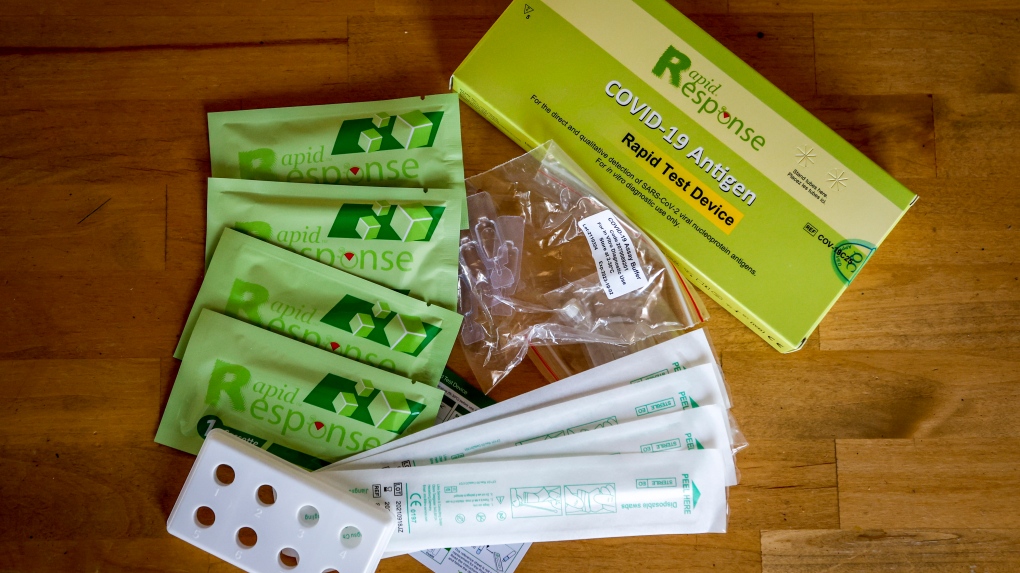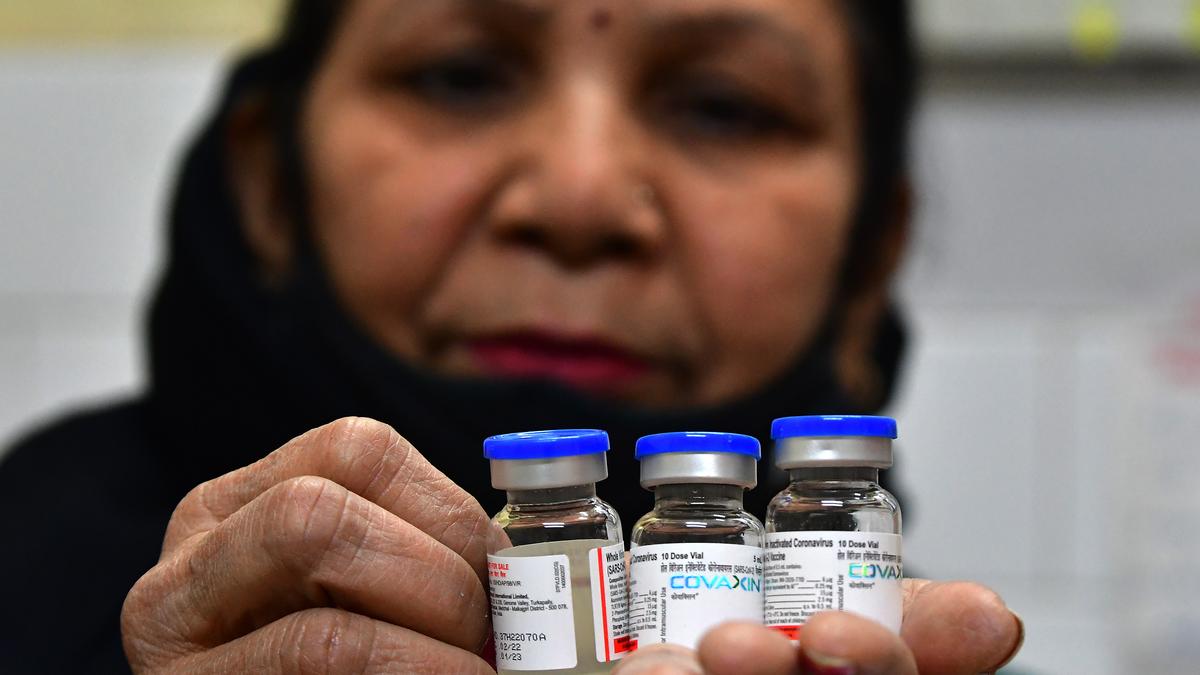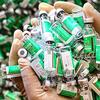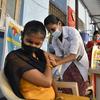Yommie
SpeedLimited
- Oct 2, 2013
- 64,194
- 37,190
- Country of Origin

- Country of Residence

- Thread starter
- #781

COVID-19 rapid tests will stop being distributed once supplies run out: N.B. government
COVID-19 rapid tests in New Brunswick will stop being distributed through community-based distribution sites when the current supply runs out, which the province says will likely be by the end of next month.
COVID-19 rapid tests will stop being distributed once supplies run out: N.B. government

Leigha Kaiser
CTVNewsAtlantic.ca writer
Contact
Published May 16, 2024 1:53 p.m. EDT
Share
- Link
- X
A news release(opens in a new tab) from the New Brunswick government Thursday says, aside from a few specific groups, testing hasn't been recommended for the general public since March 2023. Separate testing guidelines remain in place for certain settings, such as special care homes.
“However, our guidance has changed throughout the pandemic as the virus has evolved," said Dr. Yves Léger, the province’s acting chief medical officer of health. "Testing will still be recommended for certain groups but, for the general public, the focus is on staying home when you are ill. That remains the most important measure to take.”
RELATED STORIES
- Dr. Lisa Barrett on bird flu, COVID-19 boosters and strep A
- Maritime provinces launch spring COVID-19 vaccine campaigns
- Invasive strep A cases, deaths seen in the Maritimes for 2024
Léger said PCR tests is still the preferred option for those eligible for testing, as it provides for reliable results and can test for other infections, such as influenza and respiratory syncytial virus, commonly known as RSV.
The government's release says the decision to stop handing out rapid rests follows the federal government's decision in March to stop shipping the tests to provinces.
"Public Health continues to recommend New Brunswickers practise basic healthy behaviours, such as staying home when sick, covering your nose and mouth when coughing and sneezing, washing your hands regularly, and wearing a well-fitted mask in crowded places," reads the release.
"As well, good ventilation can help protect people from respiratory infections."
Anyone with concerns about COVID-19 symptoms should call their health-care provider, Tele-Care 811 or use eVisitNB online health-care services(opens in a new tab).
Free rapid tests will remain available at distribution sites around the province until supplies last.
People may book a pickup appointment through the online scheduler(opens in a new tab). Additional rapid tests will be available for purchase online or at community pharmacies.
The government release adds tests remaining in the government's inventory will expire in September.
Anyone with rapid tests at home is advised to monitor the expiry date on the packing and discard them with regular household waste once expired.












